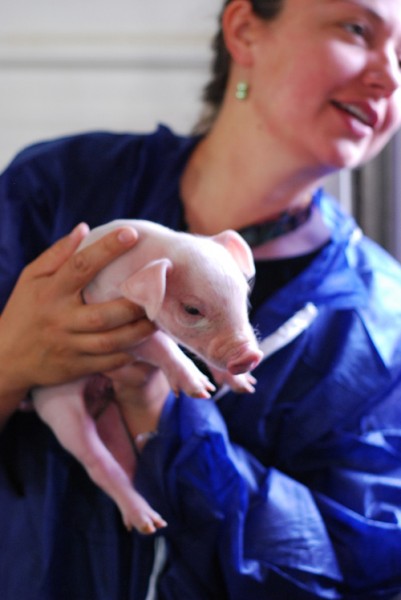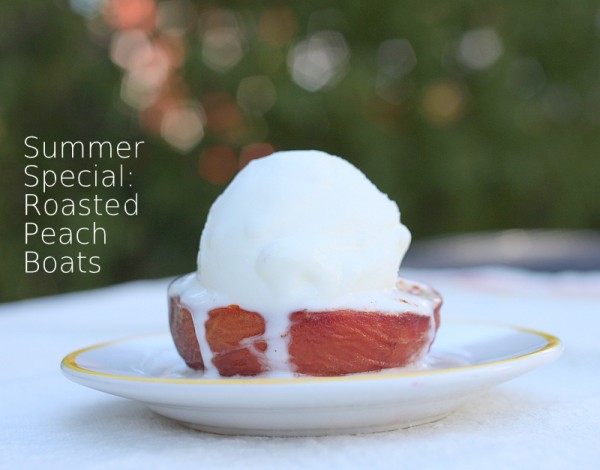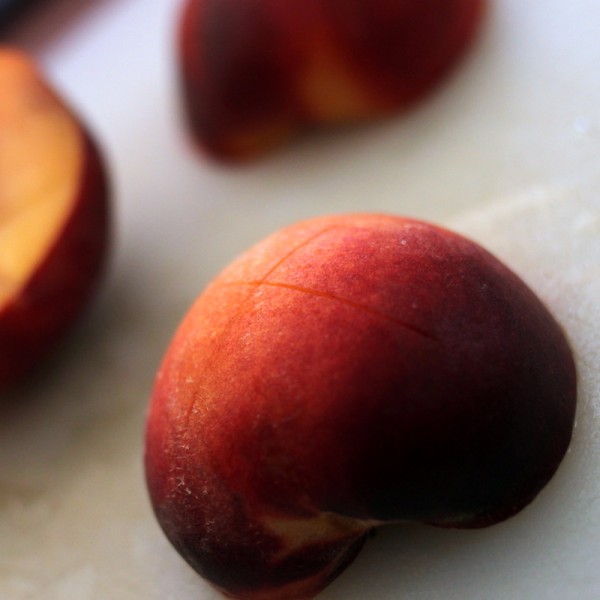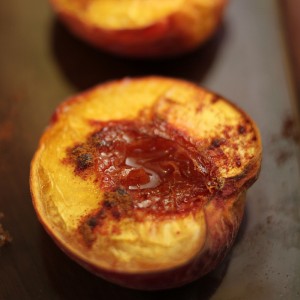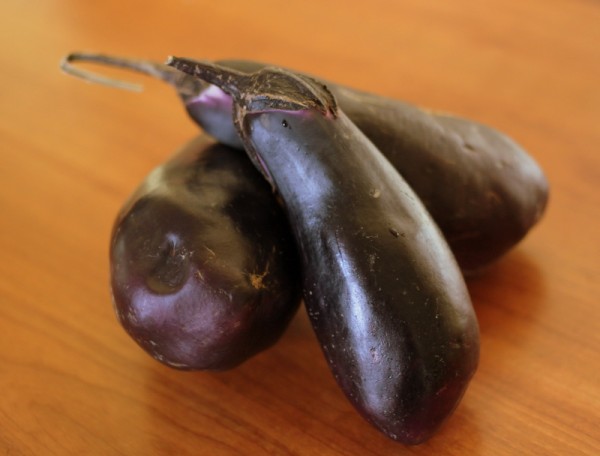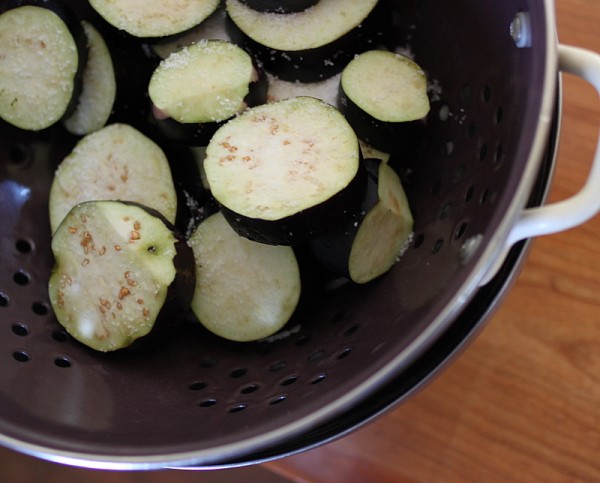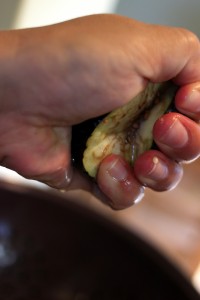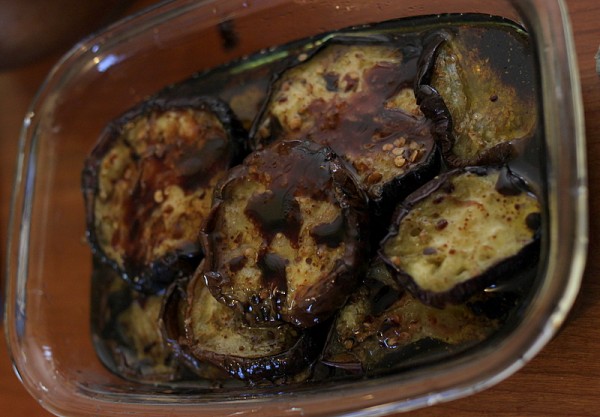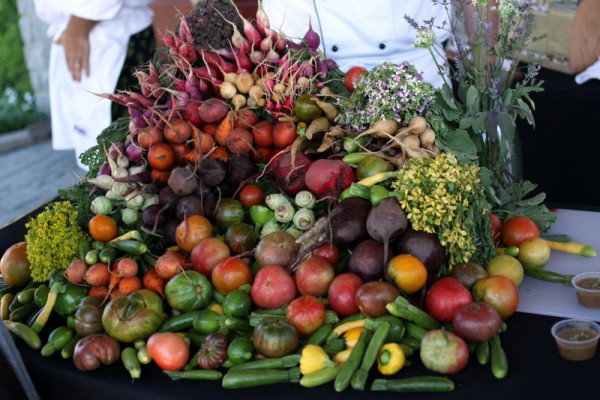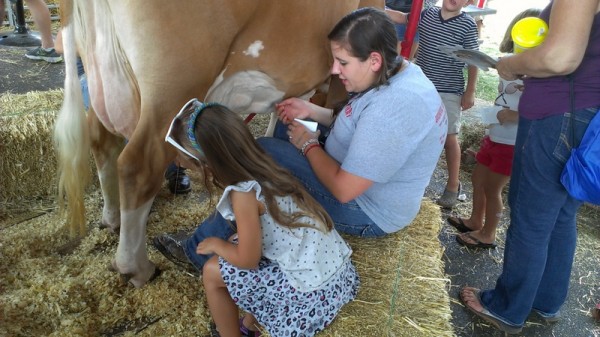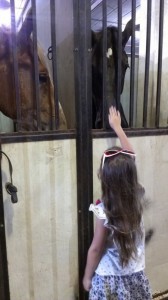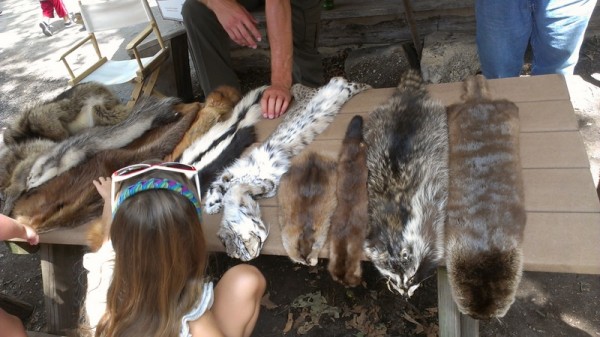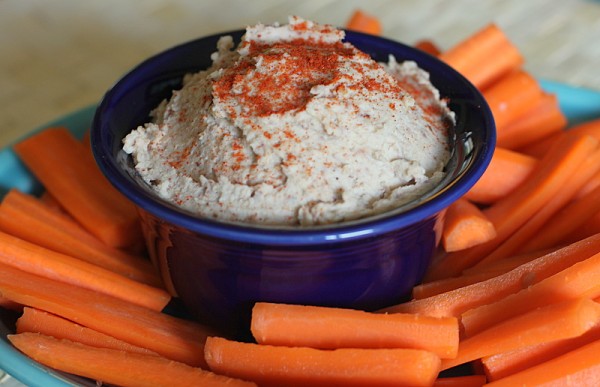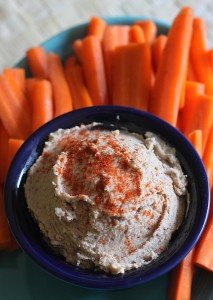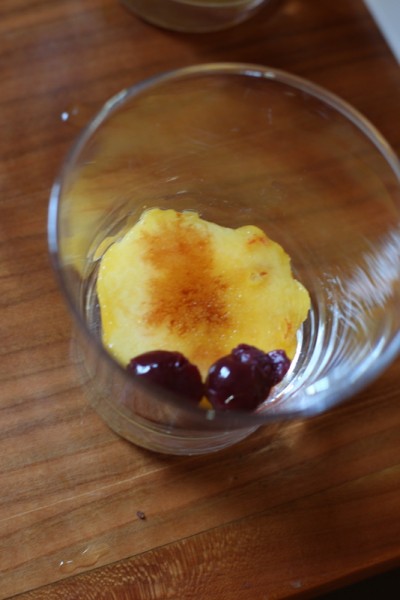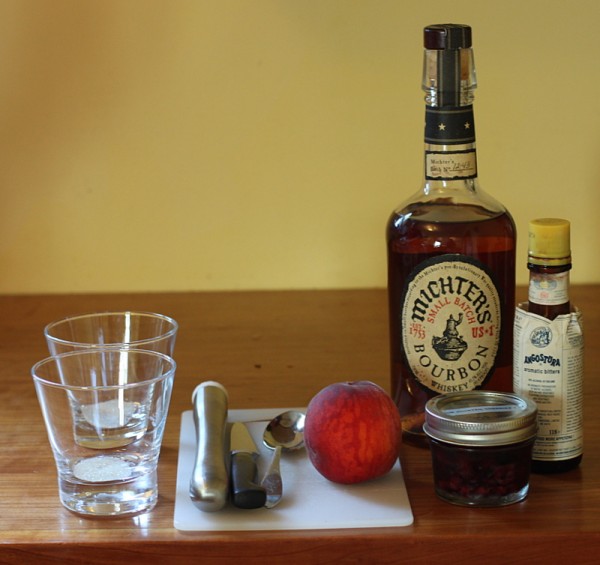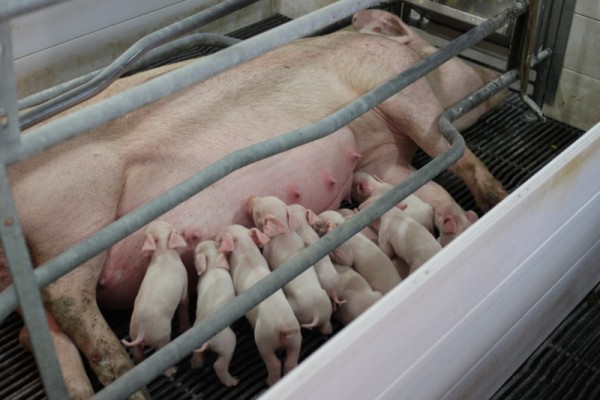 In mid-July I attended a Sustainable Pork tour at Wuebker Farms put on by the National Pork Checkoff. I learned a lifetime's worth of information about pork production in my twenty-four hours in Versailles, Ohio and am very thankful that Jeff and Alan Wuebker opened their farm to me.
While I will share some opinions later, a factual account of the farrowing farm tour seems appropriate first. Below is what I witnessed on the farm through the eyes of the three types of individuals who spend time there: piglets, birthing sows, and the farmers themselves.
In mid-July I attended a Sustainable Pork tour at Wuebker Farms put on by the National Pork Checkoff. I learned a lifetime's worth of information about pork production in my twenty-four hours in Versailles, Ohio and am very thankful that Jeff and Alan Wuebker opened their farm to me.
While I will share some opinions later, a factual account of the farrowing farm tour seems appropriate first. Below is what I witnessed on the farm through the eyes of the three types of individuals who spend time there: piglets, birthing sows, and the farmers themselves.
Piglets on the Farm
A piglet's life begins in the farrowing barn, a brightly lit, sterile-feeling room filled with 300 stalls containing birthing and nursing pigs. The three pound piglet quickly finds its way to a teet to nurse or the orange-hued heat lamp. Staff monitor the babies to ensure they are healthy and nurse quickly.

 Each litter of ten to twenty four piglets is dosed with penicillin to prevent infection at the site of the umbilical cord. At age four days, tails are docked to prevent pigs from chewing on their own or other's tails for amusement. The Wuebkers administer a dose of iron and antibiotics at the time of docking.
Each litter of ten to twenty four piglets is dosed with penicillin to prevent infection at the site of the umbilical cord. At age four days, tails are docked to prevent pigs from chewing on their own or other's tails for amusement. The Wuebkers administer a dose of iron and antibiotics at the time of docking.
By twenty days of age, the piglet has quadrupled its body weight and is weaned from his mother in a noisy process we did not witness. The weaned piglets are loaded on a sanitized truck and transported to a finishing farm in Bellefountaine.
Pigs reach the appropriate weight for slaughter in 165-180 days. Many are slaughtered at a packing plant in nearby Indiana, owned by Mitsubishi. 27% of pork raised in the US is exported, often across the Pacific to Asian markets.
Life of a Breeding Sow
Female pigs become mature and first bred when they are seven and a half to eight and a half months old. The start their journey at the Wuebker Farm in a 24 inch wide by 7.5 feet long gestation crate. Gilts (female pigs before their first litter) and sows (females who have birthed at least one litter) are housed individually to control food intake and prevent abuse by boss hogs.
Artificial insemination, practiced by the Wuebkers and 85% of pig farmers, begins with a boar whose only interest is in the grain bin to which he is attached. The farmers lead the boar through the barn because females in heat breed best when a male is around.
A sterile apparatus is inserted into the gilt or sow and loaded with fresh semen. The Wuebkers receive delivery of semen from a farm forty miles away every other day and store it in a specialized fridge to maintain virility. Each inseminated sow is marked with a wax crayon to show she was bred and staff note details about the insemination on the sow's tracking card.
These cards follow the sows through their 110 days in the gestation barn. The 1400-1500 sows housed in the gestation barn eat from automatic feeders and consume 4000 gallons of water per day. Gestating pigs spend their days standing or laying on a metal grated floor in the climate controlled barn. A few windows allow natural light in and a fanned pit under the floor collects waste.
Towards their due date, sows are moved into the farrowing barn for birth. Most births are induced with a drug similar to the human induction drug pitocin. Each sow has an individual farrowing pen with a gate that slows her descent when lying down so that she does not crush newborns. Sows usually birth their piglets without assistance, though a farmer is nearby to step in if necessary.
As detailed above, a sow remains in the farrowing barn with her piglets until they are weaned at twenty days. She is fed manually in this barn to allow for adjustments in feeding if she has a particularly large or small litter.
Four days after weaning, the sow goes into heat and is bred again in the gestation barn. A sow may have as many as fourteen litters but the Wuebker farm average is four litters. Sows may be culled for low litter size or birthing or nursing problems. Culled sows are slaughtered for sausage.
A Pig Farmer's Life
Jeff and Alan Wuebker begin their work day at 7 am Monday through Saturday except for Sundays when they rise at 5 am to complete chores before they and their four to five person staff attend church. The farmers say that "everything we do is for the pigs".
The primary daily chore on the farm is feeding the 1800 sows and monitoring the health of piglets. Like many of the farmers who run Ohio's 2560 hog farms, Wuebker farm workers are certified members of the Pork Quality Assurance Plus program, a national, voluntary set of recommendations covering animal health, biosecurity, waste treatment, and the like.
Once the pigs are satisfied, the Wuebkers and staff move on to more lengthy tasks that must be completed every few days - artificial insemination, birthing, weaning, and transporting piglets.
The Wuebkers grow and mill their own food. Our group didn't witness the food production operation but we drove by some of their 1200 acres of corn, soybean, and wheat. These grains are mixed with supplements in a newly constructed mill using a recipe specially created by a nutritionist.
Biosecurity is a major concern for the Wuebkers. Because the pigs are in such close quarters and piglets are at a fragile stage of life, the farm is kept as sterile as possible. All persons entering the farm change into protective clothing and shoes to prevent the spread of disease.
Despite precautions, many sows on the farm contracted Porcine Reproductive & Respiratory Syndrome (PRRS) in 2007 and again in January of 2012. Pigs with PRRS develop a fever, stop eating, and are not productive mothers. Because it is thought to be a viral infection, treating PRRS is difficult. In the last round of infections, the Wuebkers lost 240 sows and 10-12,000 piglets.
Another major task for Jeff and Alan is creating and monitoring the environmental systems. Lights, heating, air conditioning, and fans run on a computer system that sends monitoring messages and alarms to the farmers' phones. A back-up generator tests itself every week.
As much as is possible, the Wuebkers make energy-saving choices by installing compact flourescent lightbulbs, allowing a computer to control lights and heat lamps, using an evaporative cooling system, and insulating walls. Pig waste is captured in a 2 million gallon lagoon, composted, and applied to the fields as fertilizer. In 2011, the National Pork Board honored Wuebker Farms with their Environmental Stewards Award.
Of course, the farmers keep their eye on pig and food prices. Currently, these are in a lull and Jeff described the farm as losing thousands of dollars a week. The Wuebkers are part of cooperatives with other farmers to minimize risks of the lower markets and, presumably, take advantage of when prices rise again.
The standard Wuebker work day ends around 4 pm, after which the Wuebkers volunteer as board members of the Ohio Soybean Association, the Ohio Livestock Care Standards Board, and the Ohio Pork Producers Council. They fit in time for their families and church too before resting for the night - unless the 24-hour monitoring system sends out an alarm.
I'll share my feelings about sustainability next week. What do you think?
Disclosure: Travel, accommodations, and meals were provided. Opinions are my own.

